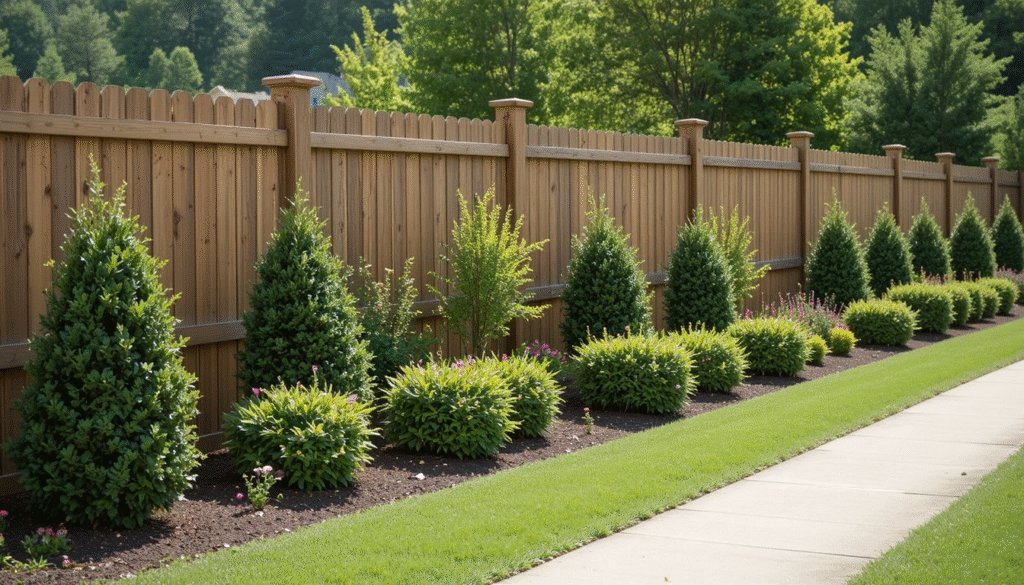A garden bursting with yellow bells shrubs or perennials part sun like cordyline green is a source of pride, but when branches creep over the fence or juicy fruits dangle onto your property, it can spark a mix of frustration and longing. It’s tempting to grab pruners and snip away, like tackling white bugs in soil in your pea gravel sandbox, but trimming a neighbor’s plants is a delicate dance of boundaries and respect. One wrong cut can bruise feelings as much as a plant, like black mastic staining a hardwood floor bathroom. This guide explores when it’s okay to trim, how to approach it with grace, and why communication is key, woven with gardening keywords like neem oil for spider mites and white kitchen with black hardware for a polished home vibe.
The Emotional Stakes of Neighborly Gardening

Gardens are more than plants—they’re labors of love, like nurturing cherokee purple tomato growing or lima bean seedlings. When a neighbor’s hanging orchid cactus spills over, it can block sunlight or damage your fence, stirring irritation akin to do deer eat crocus nibbling your blooms. Legally, you can trim branches extending onto your property, but doing so without a word risks hurt feelings, as personal as messing with someone’s sage green bathroom cabinets. Etiquette demands a thoughtful approach to preserve both plants and peace.
When Is It Okay to Trim?
Legally, you’re within your rights to trim branches, vines, or shrubs that cross your property line, as long as you stay on your side and avoid harming the plant’s health, like ensuring load vs. line electrical precision in electrical panel parts. This includes:
- Bushes growing through fences, like yellow bells shrub crowding your a frame log cabin.
- Tree branches overhanging your yard, shading plants good around pools.
- Vines creeping over, like monstera standleyana variegated trailing into your space.
However, legality doesn’t equal courtesy. Trimming without a conversation can feel like a violation, like a squirrel infestation disrupting a neighbor’s peace. Always start with a chat to avoid tension, as vital as feng shui for bathroom colors for harmony.
The Don’ts: Actions to Avoid

Certain moves are garden-variety boundary breaches, sparking conflict faster than spider mites on a sting ray plant:
- Don’t Pick Without Permission: Resist plucking fruits or flowers that start with s, like stealing from a white kitchen with black hardware pantry.
- Don’t Trespass: Never enter their yard to clip or spray, even with an open gate, like avoiding how to dispose of a microwave in someone’s bin.
- Don’t Harm Plants: Avoid cutting entire trees or using chemicals like will bleach kill spiders on their philo white princess.
- Don’t Borrow Tools: Taking their equipment without asking is as rude as tiny roach messes in a clean space.
How to Approach Trimming Respectfully
Handling a neighbor’s overgrown plants with care preserves relationships and your yard’s beauty, like lawn mowing patterns creating a tidy aesthetic. Follow these steps:
1. Start with a Conversation
Approach your neighbor kindly, like how to plant comfrey with gentle hands. Ask open-ended questions: “Have you noticed your cordyline green growing over my fence?” This invites dialogue, like shower valve height precision, fostering mutual solutions without demands.
2. Check Local Rules
Before trimming, review local ordinances or HOA guidelines, as crucial as true 2×6 dimensions for a rough door opening for 30 door. Some areas have strict rules on property boundaries, ensuring you avoid legal snags, like can you pour concrete in the winter with proper prep.
3. Trim Thoughtfully
If approved, trim only what’s on your side, using clean pruners to avoid plant stress, like neem oil protecting florida beauty philodendron from pests. Make cuts that maintain the plant’s shape, as careful as how high should chandelier be above table for balance.

4. Offer to Collaborate
Suggest shared maintenance, like splitting costs for a professional trim or helping with yard mowing patterns. It builds goodwill, like what does potassium do for lawns for a thriving green.
Preventing Boundary Issues
Proactive steps keep plant disputes at bay, like diatomaceous earth to kill mites on aglaonema tricolor pictum:
- Communicate Early: Address overgrowth before it’s a problem, like how do you add nitrogen to soil for lima bean seedlings.
- Maintain Your Side: Keep your own plants in check, like planting winter rye grass to avoid spreading.
- Use Barriers: Install fences or screens, as sturdy as chrome or brushed nickel fixtures, to define boundaries.
Conclusion
Trimming a neighbor’s plants can be appropriate if done respectfully, but it’s a decision that carries emotional weight, like tending flowers by a pond with care. Start with a conversation, respect boundaries, and trim only what’s necessary to keep peace and beauty intact. Pair your garden etiquette with thoughtful choices like sage green bathroom cabinets or perennials part sun for a harmonious home, using septic safe cleaners for a clean slate. With these steps, your yard and neighborly bonds will flourish, as vibrant as monstera standleyana variegated in a sunlit garden.




